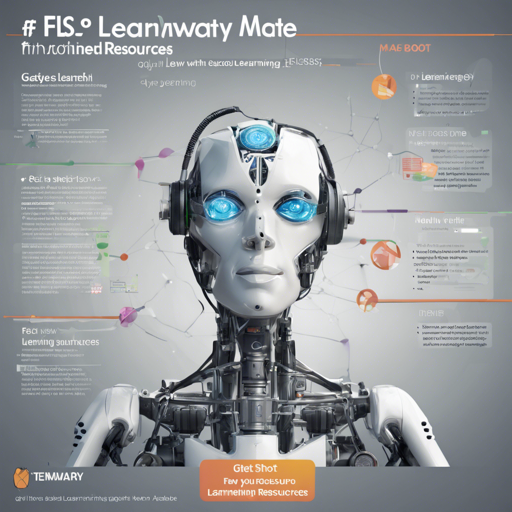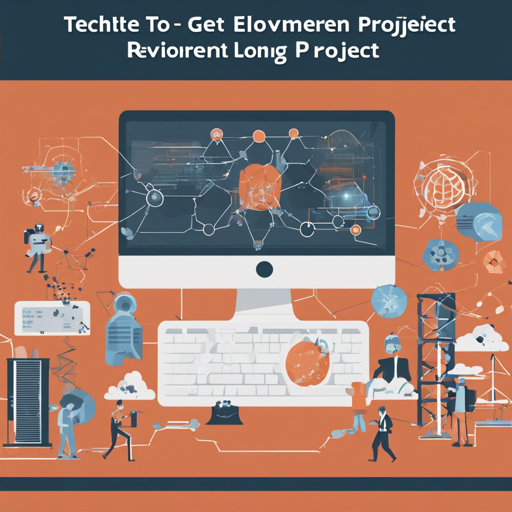Welcome to your go-to guide for implementing the DynamicFusion project inspired by the remarkable work of Newcombe et al. (2015). This project focuses on real-time reconstruction and tracking of non-rigid scenes, paving the way for advancements in computer vision....
How to Get Started with FSL-Mate: Your Gateway to Few-Shot Learning Resources
Welcome to FSL-Mate, a treasure trove of resources designed to simplify your journey into the realm of Few-Shot Learning (FSL). In this guide, we will explore how to leverage FSL-Mate effectively, troubleshoot common issues, and enhance your understanding of few-shot...
How to Build and Deploy Your Website Using R for Ecological Data Analysis
Welcome to the world of R programming, where the magic of data analysis and visualization unfolds! This guide is tailored for beginners eager to delve into ecological data using R and RStudio. With a solid framework established by Data Carpentry, you'll be walking...
Getting Started with the NVIDIA Transformer Engine
The NVIDIA Transformer Engine (TE) is an advanced library designed to enhance the performance of Transformer models on NVIDIA GPUs. It employs the innovative 8-bit floating point (FP8) precision, significantly reducing memory usage while maintaining accuracy in both...
How to Get Started with LibCity: Your Ultimate Guide to Traffic Prediction
Traffic prediction technology can often be daunting, but fear not! In this guide, we will walk you through the installation, setup, and running of models in LibCity, a remarkable library developed for urban traffic predictions. Get ready to turn complex data into...
How to Use Rocketnotes: Your Ultimate Guide to Markdown Note-taking
Welcome to the future of note-taking with Rocketnotes, a web-based Markdown note-taking application that harnesses the incredible power of LLM-driven text completion, chat, and semantic search. With its array of features, Rocketnotes transforms note management into an...
Welcome to ML-ProjectKart
Introduction ML-ProjectKart is a treasure trove for anyone venturing into the vast universe of machine learning! With an exquisite collection of projects covering everything from machine learning to deep learning, computer vision, and natural language processing, it's...
How to Navigate the Google Research Language Shared Repository
Welcome to the world of natural language processing and machine learning where the innovators at Google Research have opened a gateway to their projects through the Language Shared Repository. This blog will guide you on how to effectively navigate and leverage this...
How to Get Started with RLLTE: The Long-Term Evolution Project of Reinforcement Learning
If you are venturing into the realm of reinforcement learning (RL) or looking for a comprehensive environment to develop your RL algorithms, the RLLTE project might just be the perfect toolkit for you. Inspired by the long-term evolution (LTE) concept from...








